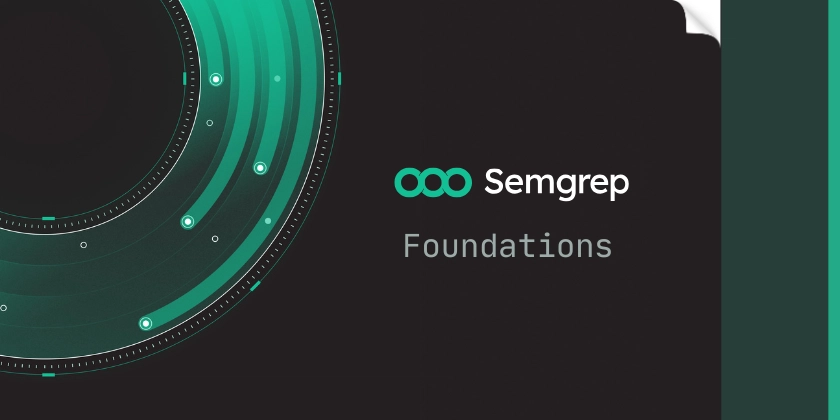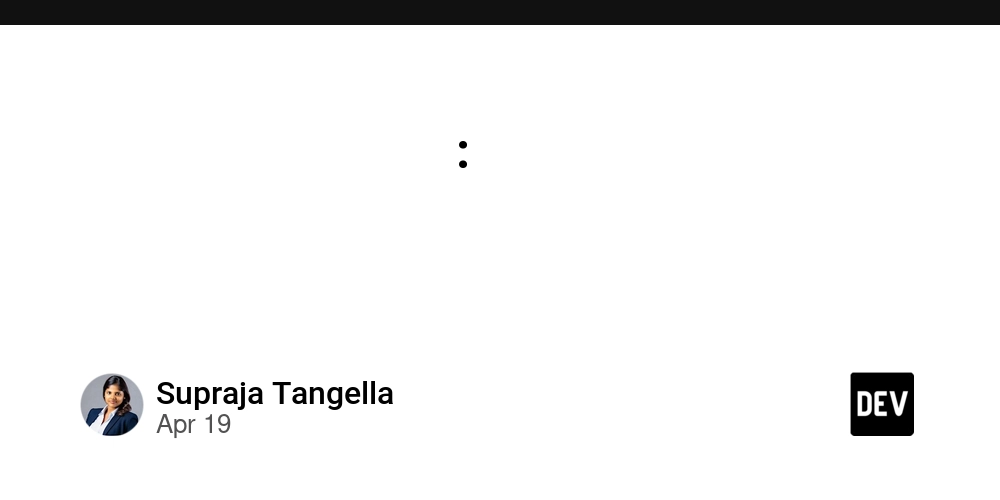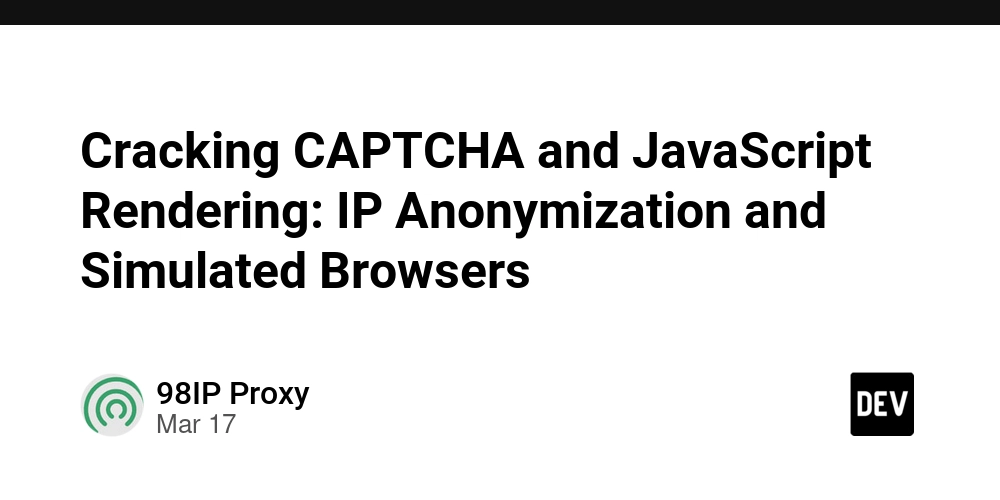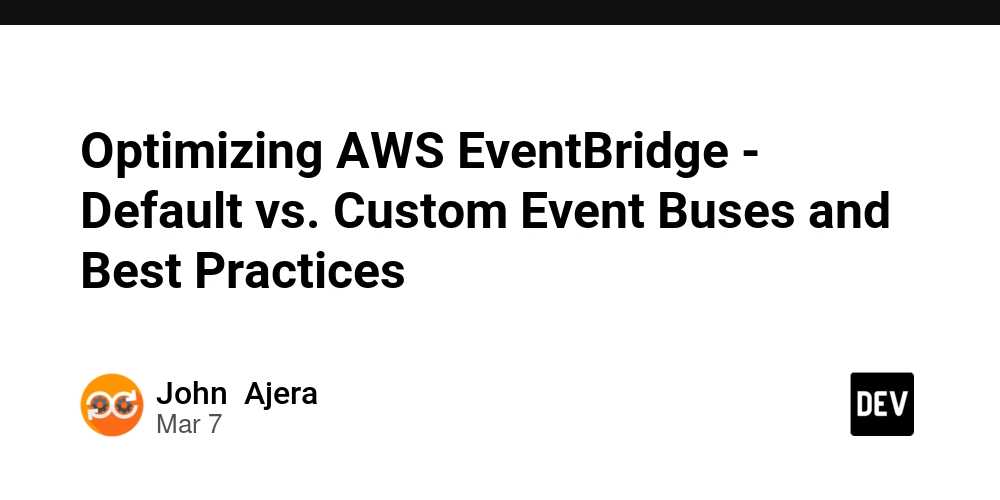SAST vs SCA: Choosing the Right Source Code Security Scanning Tools
Engineering teams want to satisfy security teams. Security teams want to be seen as value-added and not a nuisance or distraction to development. The threat from not addressing application security is real and can be scary, so everybody needs to work together to solve the problem. Two essential approaches are foundational pillars of an integrated software development process. Static Application Security Testing (SAST) and Software Composition Analysis (SCA). What’s the difference between these approaches and which should you use? Understanding Static Code Scanning Tools: What is SAST? A Static Application Security Testing (SAST) tool can analyze your code without executing it, scanning for potential security vulnerabilities, bugs, and code quality issues early in the development process. SAST tools examine source code acting as an automated security expert, reviewing each line of code. This doesn’t replace a Security Engineer but helps accelerate the discovery of vulnerabilities and the confidence in code being ready for release. Some key features of a good SAST tool: Source Code Static Analysis: An engine to parse and interpret the syntax across files and functions of a proprietary code base to uncover risks. Language Support: Coverage for any programming languages and frameworks used during development should be supported by the SAST tool and appropriate for your environment(s). Integration with Dev Environment: Work seamlessly with any existing developer tooling like IDEs, PR/MR comments, CI/CD pipelines, etc. Customization: An internal application requires different security considerations than a massively popular financial application. Customizing security policies to address relevant threats for a specific context is more valuable than generic standards. Taint Tracking: Analysis of the flow of tainted data such as untrusted user input and any expressions that operate upon it that may be exploited. It is one thing to find vulnerabilities, but remediation guidance is also important to provide sample code for how to address an issue. Some common issues like SQL injection, cross-site scripting (XSS), or insecure authentication patterns may be common knowledge, but there are many obfuscated ways somebody might be able to exploit logic in software that isn’t immediately obvious to every developer. What About Software Composition Analysis (SCA)? While SAST tools focus on the first-party code you’ve written, Software Composition Analysis (SCA) tools examine any third-party dependencies used in the application. This software supply chain often includes open-source dependencies that in turn rely on additional open-source dependencies. Some estimates say that dependencies alone account for over 80% of the source code that is being executed as part of an application. What matters for SCA tools: Dependency Scanning: At a minimum, identify vulnerabilities in any third-party libraries and packages. Even if a library was fine yesterday doesn’t mean a new issue wasn’t discovered and being exploited today. SBOM Generation: A Software Bill of Materials (SBOM) is often required for compliance reasons to track all components. Some build tools create lockfiles or manifests, but that is not guaranteed. A good SCA tool shouldn’t rely only on lockfiles to detect vulnerabilities. License Compliance: Certain open-source licenses may require open-sourcing proprietary code if they are integrated or modified. For this reason and many more, some organizations have limitations around acceptable licensing that must be enforced across the organization. Vulnerability Advisories: An extensive database of common vulnerabilities and exposures (CVE) is an important place to start. Visibility into exploit prediction scoring (EPSS) can help with prioritizing where to place effort. Reachability Analysis: Simply importing a package could be an issue with certain malicious software, but in most cases vulnerabilities may only exist in specific functions. If you don’t use those functions you aren’t at risk. Prioritizing security issues that are reachable over updates that don’t have as much immediate benefit can be helpful context for prioritizing return on effort. Transitive Reachability is a consideration for not just direct dependencies, but dependencies of your dependencies, and so on. Prioritization of dependencies becomes important. On many projects, you might get a bot message about all the compromised versions of software, but the upgrade path may not be clear because it might require code changes. Remediation advice that helps prioritize critical issues from the noise is super helpful and will save you a lot of time. SAST vs. SCA: Why You Need Both It isn’t a “SAST vs SCA” debate, the approaches to discovering security risks are complementary. Without a SAST tool, you are unaware of vulnerabilities in your codebase. Without SCA, you’re ignoring risks from compromised third-party

Engineering teams want to satisfy security teams. Security teams want to be seen as value-added and not a nuisance or distraction to development. The threat from not addressing application security is real and can be scary, so everybody needs to work together to solve the problem. Two essential approaches are foundational pillars of an integrated software development process. Static Application Security Testing (SAST) and Software Composition Analysis (SCA).
What’s the difference between these approaches and which should you use?
Understanding Static Code Scanning Tools: What is SAST?
A Static Application Security Testing (SAST) tool can analyze your code without executing it, scanning for potential security vulnerabilities, bugs, and code quality issues early in the development process. SAST tools examine source code acting as an automated security expert, reviewing each line of code. This doesn’t replace a Security Engineer but helps accelerate the discovery of vulnerabilities and the confidence in code being ready for release.
Some key features of a good SAST tool:
- Source Code Static Analysis: An engine to parse and interpret the syntax across files and functions of a proprietary code base to uncover risks.
- Language Support: Coverage for any programming languages and frameworks used during development should be supported by the SAST tool and appropriate for your environment(s).
- Integration with Dev Environment: Work seamlessly with any existing developer tooling like IDEs, PR/MR comments, CI/CD pipelines, etc.
- Customization: An internal application requires different security considerations than a massively popular financial application. Customizing security policies to address relevant threats for a specific context is more valuable than generic standards.
- Taint Tracking: Analysis of the flow of tainted data such as untrusted user input and any expressions that operate upon it that may be exploited.
It is one thing to find vulnerabilities, but remediation guidance is also important to provide sample code for how to address an issue. Some common issues like SQL injection, cross-site scripting (XSS), or insecure authentication patterns may be common knowledge, but there are many obfuscated ways somebody might be able to exploit logic in software that isn’t immediately obvious to every developer.
What About Software Composition Analysis (SCA)?
While SAST tools focus on the first-party code you’ve written, Software Composition Analysis (SCA) tools examine any third-party dependencies used in the application. This software supply chain often includes open-source dependencies that in turn rely on additional open-source dependencies. Some estimates say that dependencies alone account for over 80% of the source code that is being executed as part of an application.
What matters for SCA tools:
- Dependency Scanning: At a minimum, identify vulnerabilities in any third-party libraries and packages. Even if a library was fine yesterday doesn’t mean a new issue wasn’t discovered and being exploited today.
- SBOM Generation: A Software Bill of Materials (SBOM) is often required for compliance reasons to track all components. Some build tools create lockfiles or manifests, but that is not guaranteed. A good SCA tool shouldn’t rely only on lockfiles to detect vulnerabilities.
- License Compliance: Certain open-source licenses may require open-sourcing proprietary code if they are integrated or modified. For this reason and many more, some organizations have limitations around acceptable licensing that must be enforced across the organization.
- Vulnerability Advisories: An extensive database of common vulnerabilities and exposures (CVE) is an important place to start. Visibility into exploit prediction scoring (EPSS) can help with prioritizing where to place effort.
- Reachability Analysis: Simply importing a package could be an issue with certain malicious software, but in most cases vulnerabilities may only exist in specific functions. If you don’t use those functions you aren’t at risk. Prioritizing security issues that are reachable over updates that don’t have as much immediate benefit can be helpful context for prioritizing return on effort. Transitive Reachability is a consideration for not just direct dependencies, but dependencies of your dependencies, and so on.
Prioritization of dependencies becomes important. On many projects, you might get a bot message about all the compromised versions of software, but the upgrade path may not be clear because it might require code changes. Remediation advice that helps prioritize critical issues from the noise is super helpful and will save you a lot of time.
SAST vs. SCA: Why You Need Both
It isn’t a “SAST vs SCA” debate, the approaches to discovering security risks are complementary. Without a SAST tool, you are unaware of vulnerabilities in your codebase. Without SCA, you’re ignoring risks from compromised third-party code you may not be as familiar with, but can still cause significant harm.
For code coverage, a SAST checks your code and SCA checks any third-party dependencies (the code you did not write).
SAST and SCA: A Complete Approach
Security-aware teams need tools that address both static analysis and software composition analysis.
Use Semgrep (SAST) to scan any code developed by you and your team. Semgrep’s Community Edition is open-source and remains a free SAST solution that is accessible to small teams. A subscription is necessary for larger code bases with many contributors and enterprise-grade security needs.
Layer on Semgrep Supply Chain (SCA) to audit coverage for all the code your team did not write. When combined with step 1, now you've analyzed 100% of the code that will run.
Integrate both into a CI/CD pipeline or use managed scanning for quick continuous protection.
The best security tool is the one that isn’t painful for development teams to actually use. A focus on speed, ease of use, and developer experience should be the evaluation criteria when making a tool choice so that security is a natural part of the development process, not an obstacle to shipping.
Learn more about Semgrep and best practices for rolling it out to software teams by scheduling a demo or signing up for a free account to evaluate it yourself.




























![[Webinar] AI Is Already Inside Your SaaS Stack — Learn How to Prevent the Next Silent Breach](https://blogger.googleusercontent.com/img/b/R29vZ2xl/AVvXsEiOWn65wd33dg2uO99NrtKbpYLfcepwOLidQDMls0HXKlA91k6HURluRA4WXgJRAZldEe1VReMQZyyYt1PgnoAn5JPpILsWlXIzmrBSs_TBoyPwO7hZrWouBg2-O3mdeoeSGY-l9_bsZB7vbpKjTSvG93zNytjxgTaMPqo9iq9Z5pGa05CJOs9uXpwHFT4/s1600/ai-cyber.jpg?#)













































































































































![[The AI Show Episode 144]: ChatGPT’s New Memory, Shopify CEO’s Leaked “AI First” Memo, Google Cloud Next Releases, o3 and o4-mini Coming Soon & Llama 4’s Rocky Launch](https://www.marketingaiinstitute.com/hubfs/ep%20144%20cover.png)





































































































































































































![Rogue Company Elite tier list of best characters [April 2025]](https://media.pocketgamer.com/artwork/na-33136-1657102075/rogue-company-ios-android-tier-cover.jpg?#)







































































_Andreas_Prott_Alamy.jpg?width=1280&auto=webp&quality=80&disable=upscale#)































































































![What’s new in Android’s April 2025 Google System Updates [U: 4/18]](https://i0.wp.com/9to5google.com/wp-content/uploads/sites/4/2025/01/google-play-services-3.jpg?resize=1200%2C628&quality=82&strip=all&ssl=1)








![Apple Watch Series 10 Back On Sale for $299! [Lowest Price Ever]](https://www.iclarified.com/images/news/96657/96657/96657-640.jpg)
![EU Postpones Apple App Store Fines Amid Tariff Negotiations [Report]](https://www.iclarified.com/images/news/97068/97068/97068-640.jpg)
![Apple Slips to Fifth in China's Smartphone Market with 9% Decline [Report]](https://www.iclarified.com/images/news/97065/97065/97065-640.jpg)
































































































































